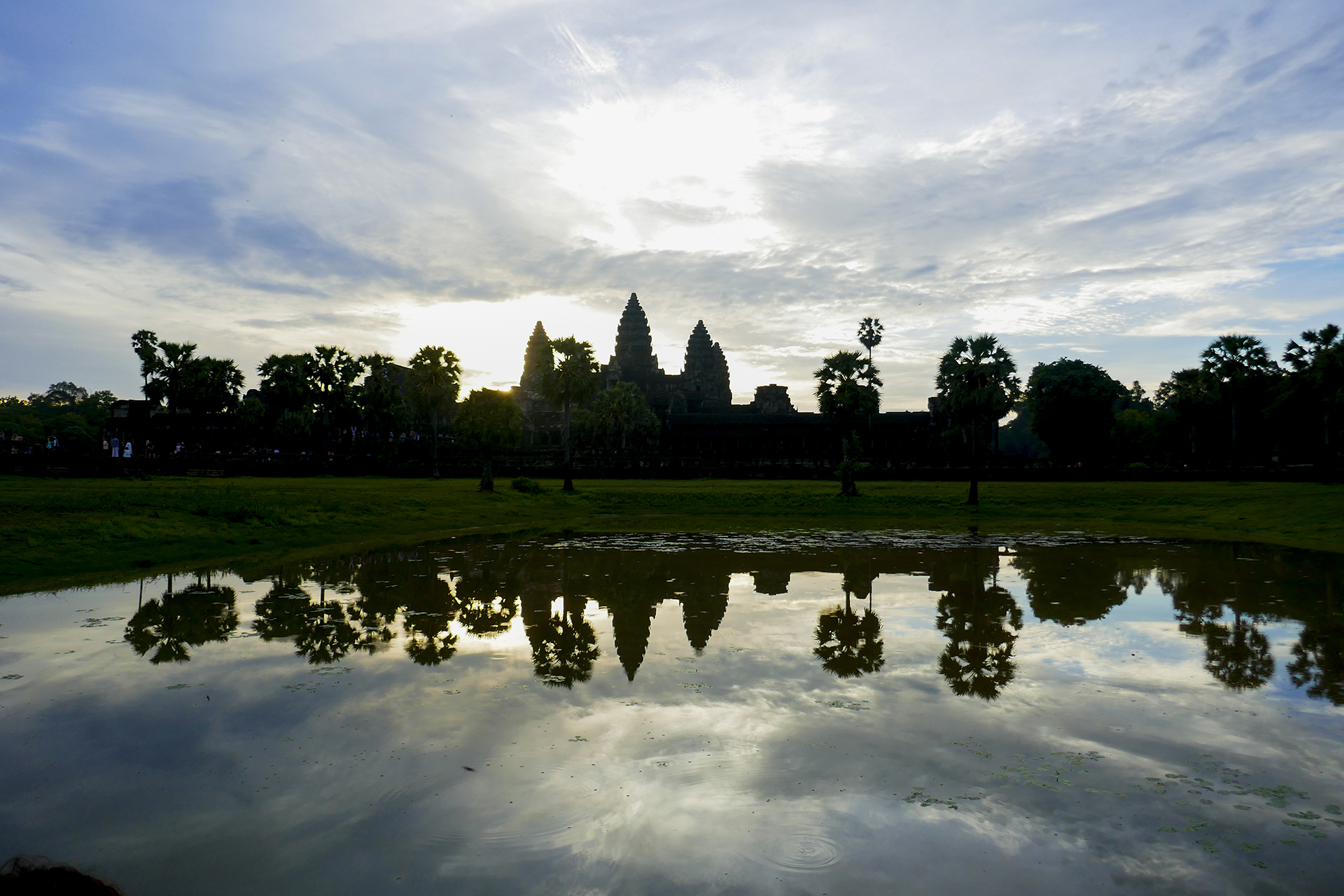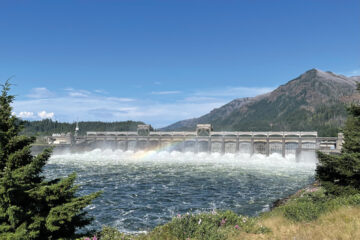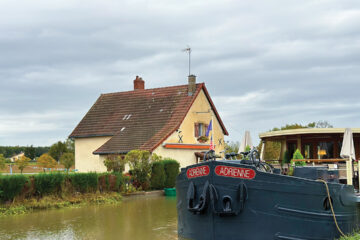Exploring Angkor Wat

Exploring Angkor Wat
How to see Siem Reap, Cambodia
Posted on May 1, 2018
Angkor Wat had been on my bucket list for a long time. I’d dreamed of wandering among the ancient temples while entertaining romantic notions about the lives of the people who lived there more than 900 years ago. Built between 1113 and 1153, the mammoth religious monument in Cambodia is a UNESCO World Heritage Site and the most visited attraction in Southeast Asia.
My romantic notions were in part fueled by a fashion photo spread set amid the exotic temples I’d once seen in a glossy magazine. Luckily, my fancies were tempered by decades of travel experience and when I finally arrived at Angkor Wat, I was not dressed in a flowy white dress and high heels like the models, but instead clad head-to-toe in reliable REI gear.
Visiting a popular cultural site is a lot like taking kids to Disneyland: go prepared or suffer the consequences. I couldn’t buy a Fastpass to Angkor Wat, but I did something even better. I pre-booked an expert guide and driver through the concierge at our hotel, and that made all the difference. Mr. Koy Vy reminded us of the essentials — sunscreen, hat, water bottle, insect repellent, snacks, and sturdy shoes — and insisted we start out before dawn. That seemed excessive until I saw the theme park-size ticket sales area, noted it was already hot before 8am, and witnessed the steady stream of tour buses that begins mid morning.

The site encompasses 155 square miles and includes 93 temples, as well as ancient palaces, universities, hospitals, and sports fields — none of which are identified with signage. Guards stationed throughout the area check passes and use slingshots to shoo away monkeys, but they don’t provide directions or information. Most visitors stagger around in the humidity while reading the descriptions in their guidebooks, but my husband, our guide, and I were dropped off as close as permitted to the temples and talked about them as we walked and took photos. I was surprised to learn that Hinduism dominated here until it gave way to Buddhism in the 12th century, and also that archeologists surmise that draught and deforestation caused Angkor to be abandoned in the 15th century. The residents moved to the coast and built a new city, Phnom Penh, the present-day capital of Cambodia.

While Angkor Wat is the main attraction, we thought the most appealing temples were farther off the beaten path. We were the only visitors at Preah Palilay, a very pretty Buddhist sanctuary in a wooded area north of the royal palace in Angkor Thom. I also liked the stone balustrades and carved deities on the small, unrestored Ta Nei Temple located near a holy reservoir. And I was positively enchanted by the ruins of Ta Prohm Temple, where massive gnarly roots and jungle trees wind in and out of the remaining structure.

At the end of a full day of touring, we happily retreated to the lovely Belmond La Residence d’Angkor, where our spacious suite (#308) was in a lush garden setting just steps from the pool. I loved that the architecture and décor of the hotel accurately represents the rich history and culture of Cambodia while offering modern luxury amenities.

While our room was great, my most memorable moments at the Belmond took place at the hotel’s Kong Kea Spa. Here, the exceptionally sweet staff helped my husband and me relax and rehydrate after a day of temple touring. Before and after our aromatherapy massages, we rested next to the spa’s indoor swimming pool and enjoyed the soothing sound of a waterfall.
The next morning, we joined Mr. Vy for a pre-dawn ride back to Angkor Wat, where we stood in silence with travelers from all over the world to watch the sun rise above the magnificent temple. It was a beautiful sight and one I’ll never forget. But just as memorable was a post-sunrise wander through the empty hallways of the ancient landmark, admiring friezes, balustrades (always in odd numbers), and row after row of stone columns. At one point, the three of us sat together in a quiet spot with a view out over the complex. And yes, I entertained romantic notions of the people who lived there 900 years ago — even though I was dressed in practical khaki. Elizabeth Hansen

All photography courtesy of ADAMS / HANSEN STOCK PHOTOS





Comments